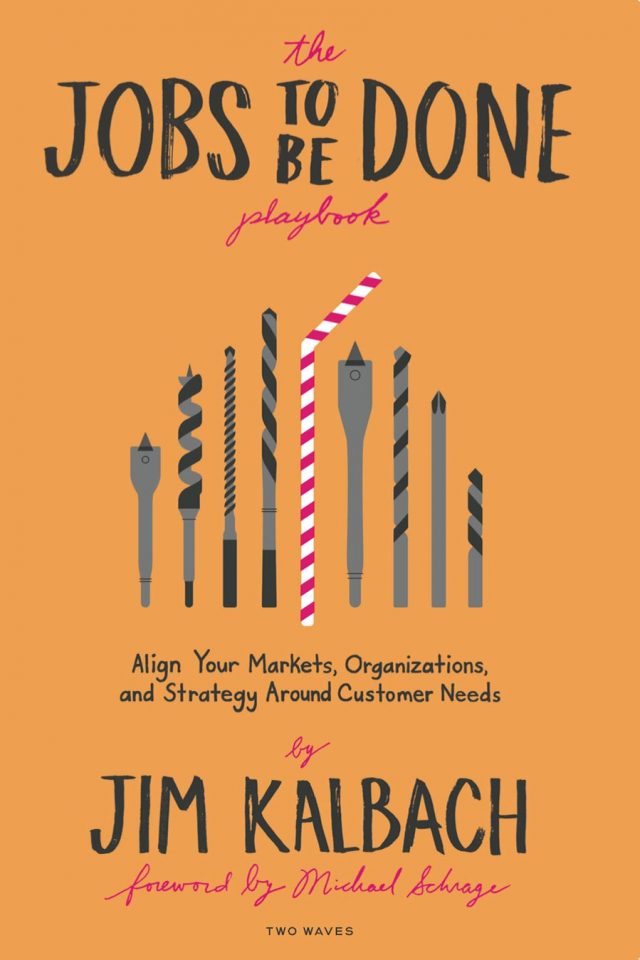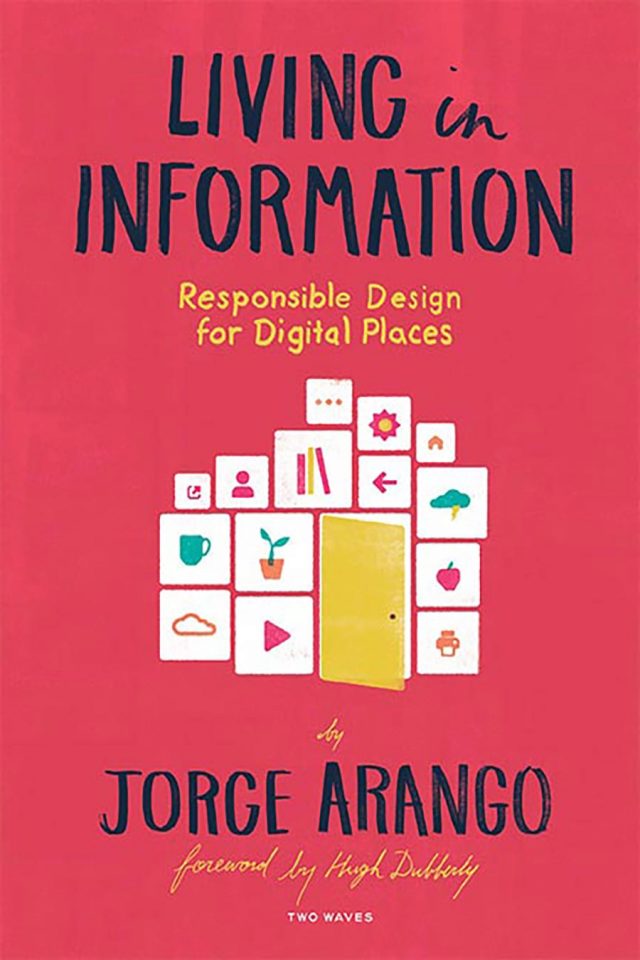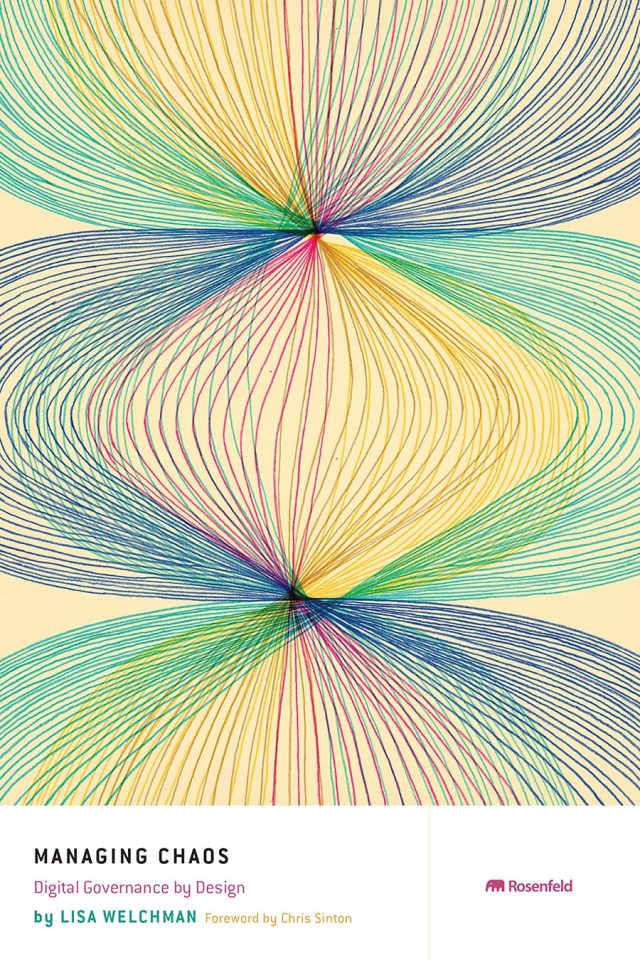Thanks to our editor, JoAnn Simony, and to our publisher, Lou Rosenfeld, for their enormous patience, support, and guidance as we hashed out the structure of this book and knocked it into shape. Thanks also to the Rosenfeld production team for all their work getting the book into its print and digital forms.
Thank you to Dave Gray and Jess McMullin, who reviewed the early manuscript, and special thanks to John Thackara, who also reviewed the manuscript and wrote the inspiring Foreword.
Thanks to Chris Risdon, Lucy Kimbell, John Kolko, and Christina Tran for their contributions from their practice, and to all of the staff at live|work both past and present, whose thoughts, practical tips, and work appear throughout the book. Much of the text on insights research tips and tricks comes from Rory Hamilton and Jaimes Nel sharing their experiences. In particular we wish to thank John Holager and Anders Kjeseth Valdersnes, who helped set up the live|work Oslo office, and Tennyson Pinheiro and Luis Alt, who brought live|work to Brazil. Our thanks also to Gjensidige for allowing us to publish the extensive case study of their business, and to Giles Andrews from Zopa and Joe Gebbia from Airbnb, who both gave their time to talk to us about their innovative business models.
Finally, thanks to all the many people upon whose shoulders we stand and upon whose work service design has been built.
***
Thanks to my family for their support, and to my colleagues, conference attendees, service design community, and Twitter followers for helping me refine my ideas. Thanks are due to my students, whose challenging questions and problems have helped clarify my own. I would also like to acknowledge the memory of Andy Cameron, who passed away in 2012 at far too young an age. He was a mentor for me, and his insight and intellect greatly shaped my own thoughts about people, culture, interactive media, and as a result, service design. Finally, thanks to Ben and Lavrans for being my co-authors. Any errors or omissions in the book are, of course, entirely their fault.
—Andy Polaine
***
First of all, thanks to Chris Downs, the original founder of live|work, for his exceptional creativity, generous intelligence, and insulting sense of humor. The experience of starting live|work together was a gift beyond our dreams.
Thanks to Gillian Crampton Smith, who first introduced us to the history and future of interaction design at the Royal College of Art at the end of the last century, and then helped us develop service design through teaching at the Interaction Design Institute Ivrea at the beginning of the new century.
Thanks to mentor and friend Birgitta Cappelen for never-ending inspiration and support.
Bill Moggridge, who sadly passed away shortly before publication of this book, was a huge inspiration and support for our practice and our writing. We would have loved to show this book to him.
Thanks to Colin Burns for practical support in the early years of live|work. Thanks to all our engaged and passionate clients and partners with whom we have broken new ground. You are too many to mention, but you know who you are.
Finally, thanks to Andy, who got the idea for this book off the ground, continually drove the writing process forward, and committed to the tremendous task of single-handedly making it all come together in the end. This is your book.
—Lavrans Løvlie and Ben Reason

















